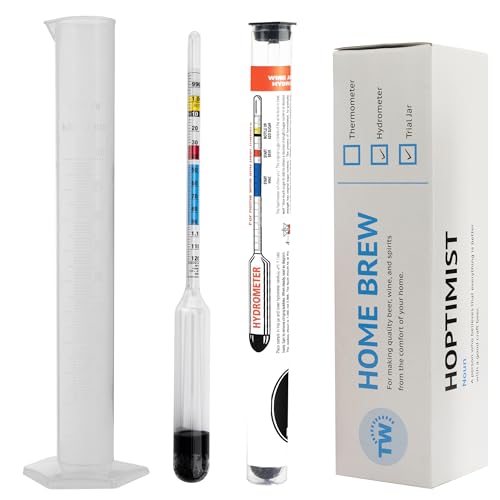Richie_asg1
Junior Member
If supplies are in high demand, then we really should be getting the most out of our grains.
I've just brewed a London porter all grain, and am now setting up the day after to mash the grains a second time for longer to make the most of them. I am thinking of making up the gravity with sparaymalt, but is there a calculator for how much I need or is it just add a bit and check?
After that they will be dried, ground into flour and added to bread mixes.
I've just brewed a London porter all grain, and am now setting up the day after to mash the grains a second time for longer to make the most of them. I am thinking of making up the gravity with sparaymalt, but is there a calculator for how much I need or is it just add a bit and check?
After that they will be dried, ground into flour and added to bread mixes.




 This seems to be similar idea;
This seems to be similar idea; 



































